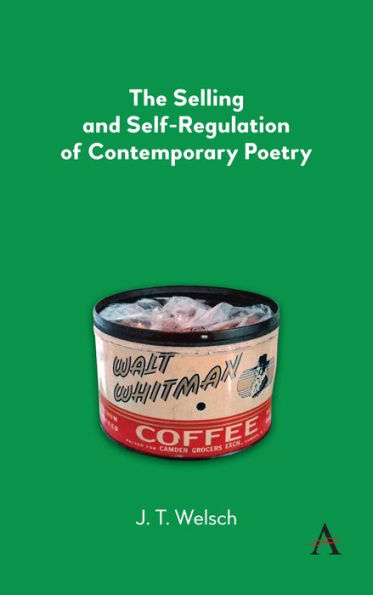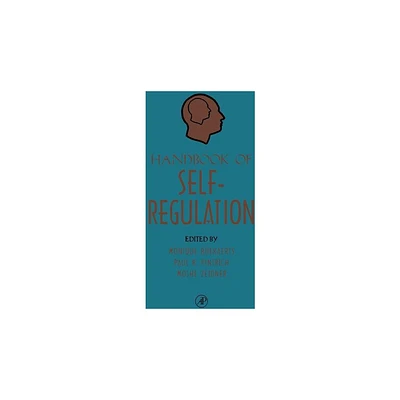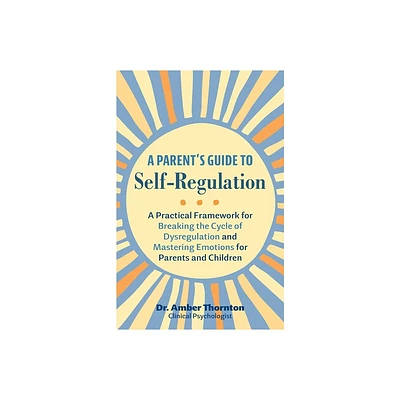Home
The Selling and Self-Regulation of Contemporary Poetry
Loading Inventory...
Barnes and Noble
The Selling and Self-Regulation of Contemporary Poetry
Current price: $125.00


Barnes and Noble
The Selling and Self-Regulation of Contemporary Poetry
Current price: $125.00
Loading Inventory...
Size: Hardcover
*Product Information may vary - to confirm product availability, pricing, and additional information please contact Barnes and Noble
The Selling and Self-Regulation of Contemporary Poetry
is the first book-length study of the contemporary poetry industry. By documenting radical changes over the past decade in the way poems are published, sold, and consumed, it connects the seemingly small world of poetry with the other, wider creative industries. In reassessing an art form that has been traditionally seen as free from or even resistant to material concerns, the book confronts the real pressures – and real opportunities – faced by poets and publishers in the wake of economic and cultural shifts since 2008. The changing role of anthologies, prizes, and publishers are considered alongside new technologies, new arts policy, and re-conceptions of poetic labour. Ultimately, it argues that poetry’s continued growth and diversification also leaves individuals with more responsibility than ever for sustaining its communities.
is the first book-length study of the contemporary poetry industry. By documenting radical changes over the past decade in the way poems are published, sold, and consumed, it connects the seemingly small world of poetry with the other, wider creative industries. In reassessing an art form that has been traditionally seen as free from or even resistant to material concerns, the book confronts the real pressures – and real opportunities – faced by poets and publishers in the wake of economic and cultural shifts since 2008. The changing role of anthologies, prizes, and publishers are considered alongside new technologies, new arts policy, and re-conceptions of poetic labour. Ultimately, it argues that poetry’s continued growth and diversification also leaves individuals with more responsibility than ever for sustaining its communities.

















